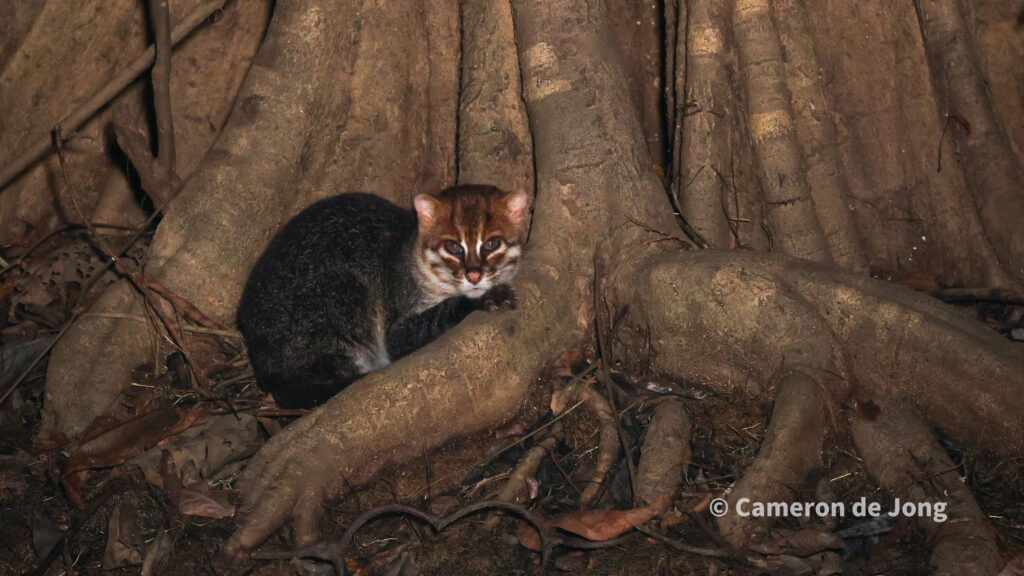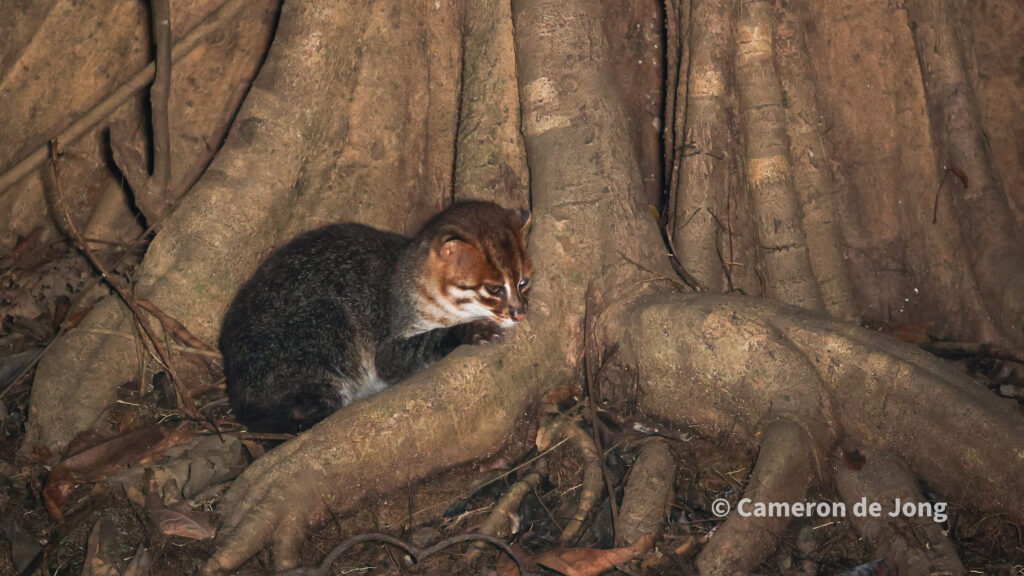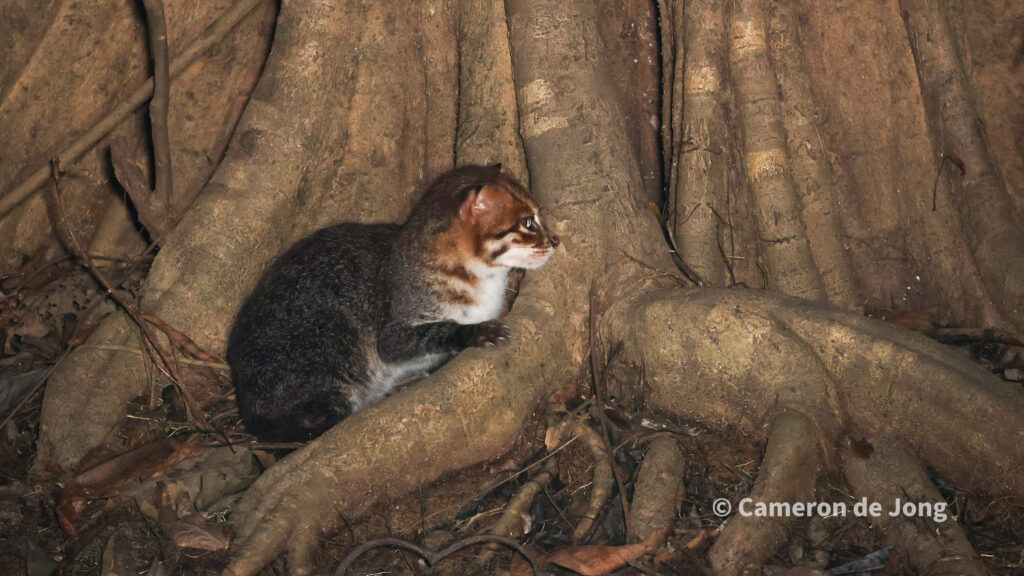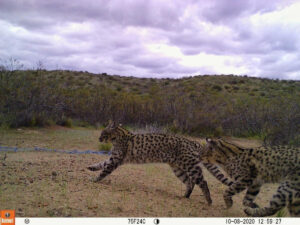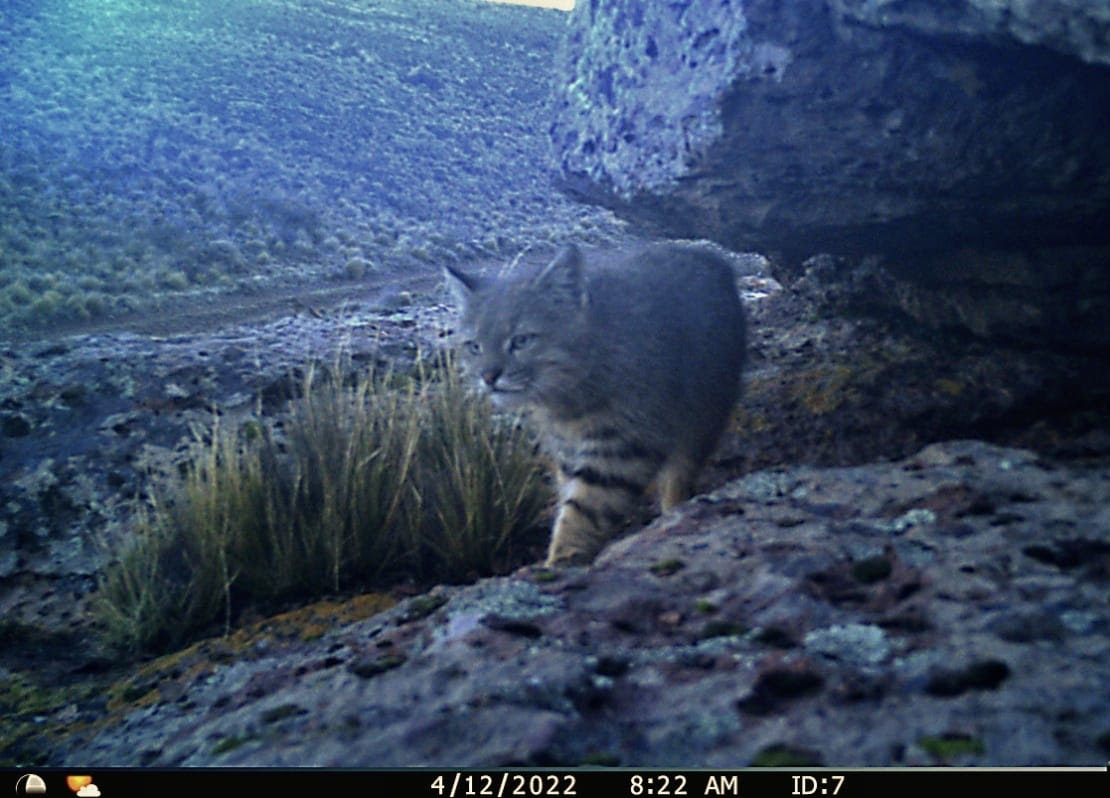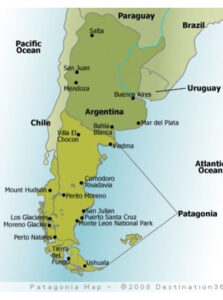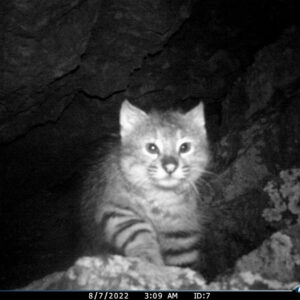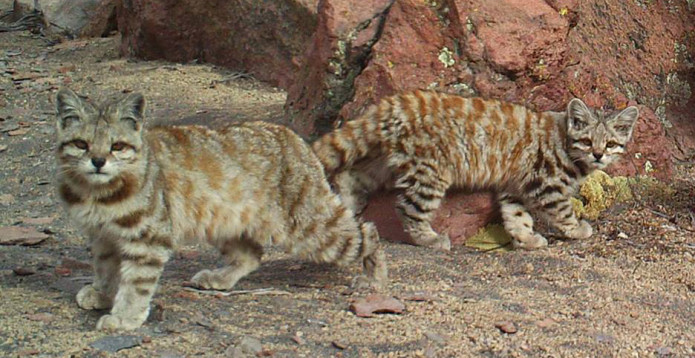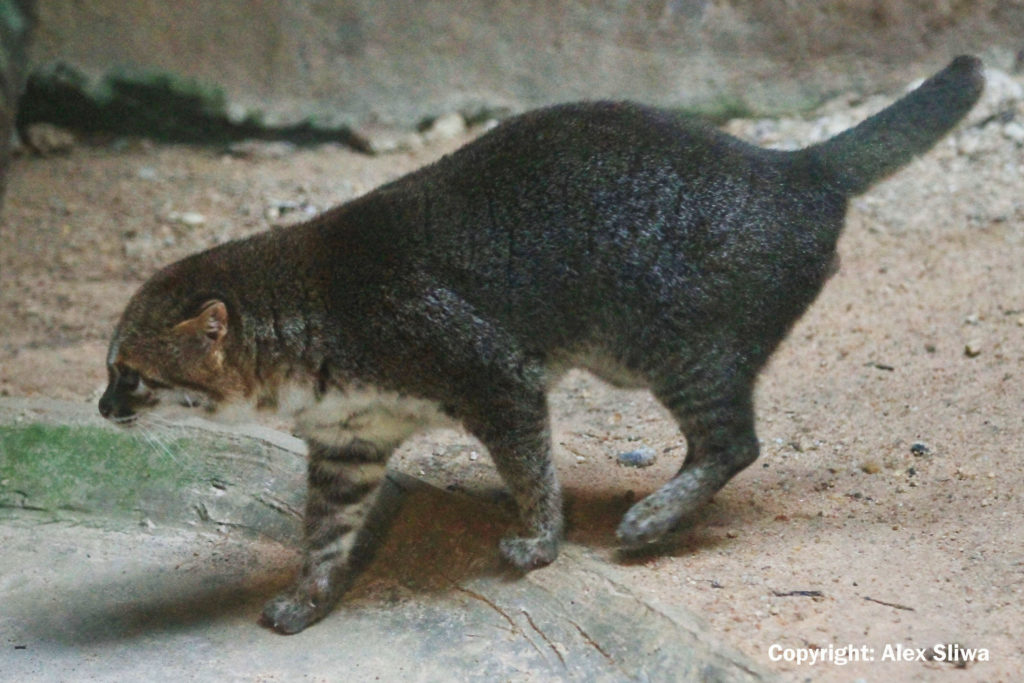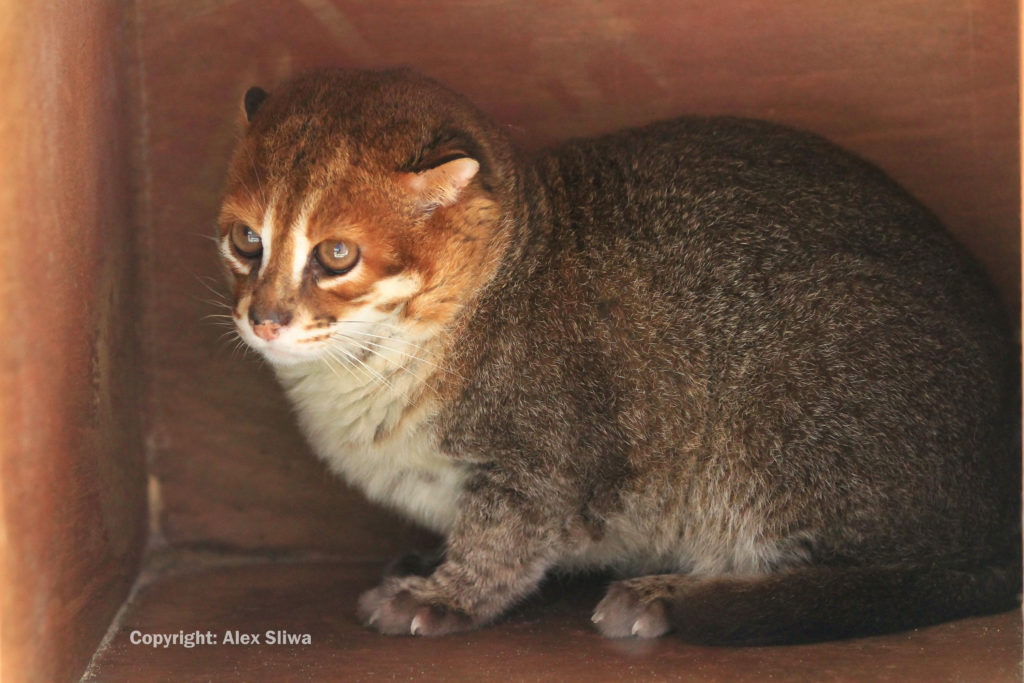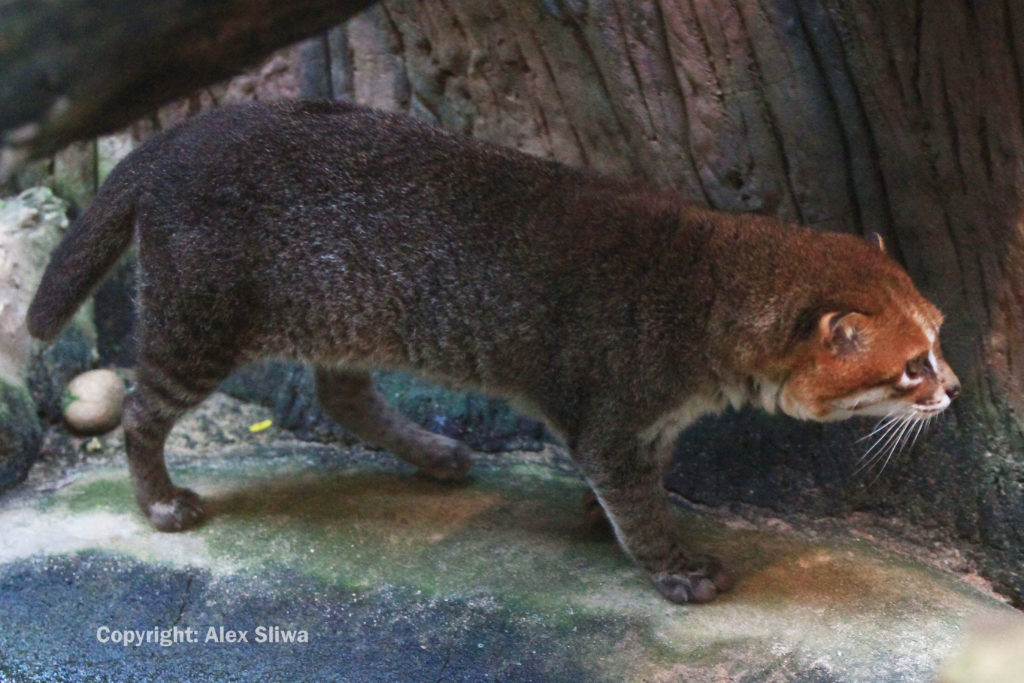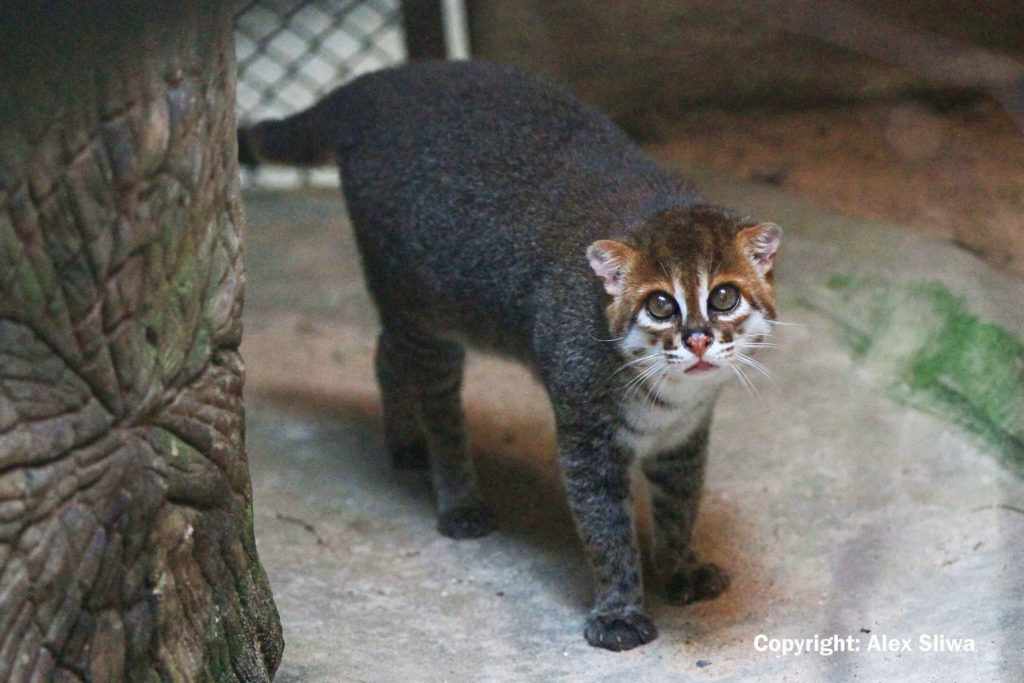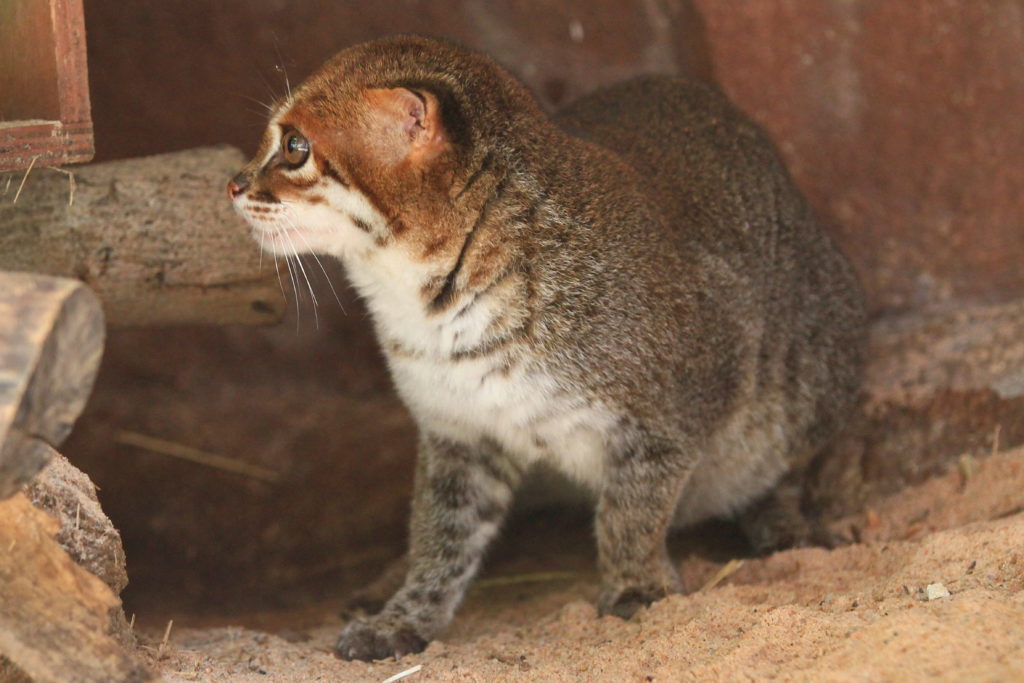The Iberian Lynx (Lynx pardinus) has improved from Endangered to Vulnerable on The IUCN Red List of Threatened Species™, continuing its dramatic recovery from near extinction thanks to sustained conservation efforts.
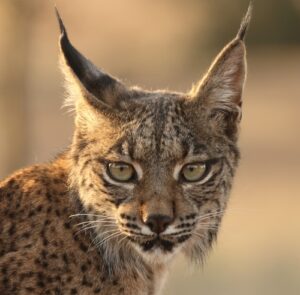 “As the IUCN Red List of Threatened Species celebrates its 60th anniversary, its importance cannot be overstated as the most complete source of information on the state of the world’s biodiversity. It is an essential tool that measures progress towards halting nature loss and achieving the 2030 global biodiversity goals. The improvement in the Red List status of the Iberian lynx shows that successful conservation works for wildlife and communities alike,” said Dr Grethel Aguilar, IUCN Director General.
“As the IUCN Red List of Threatened Species celebrates its 60th anniversary, its importance cannot be overstated as the most complete source of information on the state of the world’s biodiversity. It is an essential tool that measures progress towards halting nature loss and achieving the 2030 global biodiversity goals. The improvement in the Red List status of the Iberian lynx shows that successful conservation works for wildlife and communities alike,” said Dr Grethel Aguilar, IUCN Director General.
The conservation status of the Iberian lynx has improved from Endangered to Vulnerable, with the population increasing exponentially from 62 mature individuals in 2001 to 648 in 2022. Today, the total population, including young and mature lynx, is estimated to be more than 2,000. Conservation efforts for this keystone species have focused on increasing the abundance of its prey, the Endangered European rabbit (Oryctolagus cuniculus), protecting and restoring Mediterranean scrub and forest habitat, and reducing deaths caused by human activity. Expanding the species’ genetic diversity through translocations and an ex-situ breeding programme has been key to increasing numbers. Since 2010, more than 400 Iberian lynx have been reintroduced to parts of Portugal and Spain. The Iberian lynx now occupies at least 3,320 km2, an increase from 449 km2 in 2005.
However, the Iberian lynx remains threatened, mainly due to potential fluctuations of the European rabbit population if there are further virus outbreaks. The Iberian lynx is also susceptible to diseases from domestic cats. Poaching and road kills remain threats, particularly where high traffic roads cut-through the lynx’s habitat. Habitat alterations related to climate change are a growing threat.
“The greatest recovery of a cat species ever achieved through conservation, this success is the result of committed collaboration between public bodies, scientific institutions, NGOs, private companies, and community members including local landowners, farmers, gamekeepers and hunters, and the financial and logistical support of the European Union LIFE project,” said Francisco Javier Salcedo Ortiz, Coordinator of the LIFE Lynx-Connect project, which led the conservation action for the Iberian lynx. “There is still a lot of work to do to ensure that Iberian lynx populations survive and the species recovers throughout its indigenous range. Looking ahead, there are plans to reintroduce the Iberian lynx to new sites in central and northern Spain.”
Gland, Switzerland, 20 June 2024 (IUCN)
